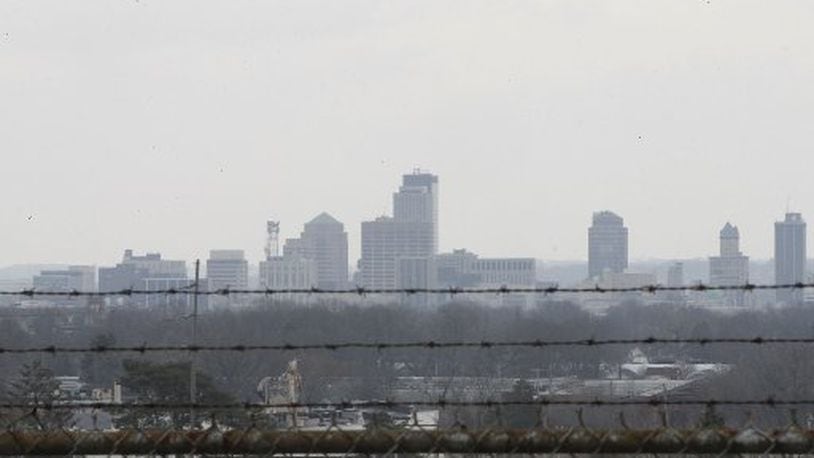“We think we’re positioned for that because of young people wanting to live in urban cores and the low cost of living in Dayton,” Dayton Mayor Nan Whaley said.
Population in Dayton fell by an estimated 372 people between July 1, 2016, and July 1, 2017, the data show. The drop is slight — a -0.3-percent decrease from last year, giving the city an estimated population of 140,371 people.
The period prior, the city's population dropped by an estimated 86 people.
» Recreational marijuana closer to Ohio ballot — but lots of work ahead
Compared to the declines of earlier decades, the population is stable. In 1980, Dayton had 203,371 residents. By 2010, the city’s population had fallen to 141,527.
“I think what we’ve seen over the past eight years of estimates is pretty stable,” said Dayton Mayor Nan Whaley. “For it to be stable on these estimates means we’re ready to move to growth.”
For the Dayton Metropolitan Area overall, the estimates show slight growth. The bureau estimates the area added 2,530 people, a fairly minor increase of 0.3 percent from July 1, 2016 to July 1, 2017.
Dayton and Montgomery County are already preparing for the 2020 Census, the results of which guide the federal and state governments in how to divvy up nearly $700 billion in assistance for housing, health care, transportation and more. The decennial census results also determine the number of U.S. House districts in each state.
The 2020 enumeration will become the basis for the next decade of estimates, said Tony Kroeger, Dayton city planner.
“We put a lot more stock in the decennial 2020 count,” Kroeger said. “We’re working hard to make sure our city has the most complete count possible, which is where we’re putting our efforts. The implications are pretty significant.”
NEWS: Brock Turner headed back to court for appeal
Springfield added about 300 people between 2016 and 2017, a 0.5 percent increase, according to the latest census estimates. The city's population is still down more than 1,300 people compared to 2010.
“If they’re right, it’s great news,” said Springfield Mayor Warren Copeland. “What has happened, clearly, is that we have more jobs. With that we hope that’s a magnet for there to be more people.”
Columbus was one of the top 15 cities in the U.S. that saw the largest number of new residents between 2016 and 2017 with about 15,400 people added to the population. The bureau lists Columbus’ population at about 880,000.
Cincinnati grew from 299,127 in July 2016 to 301,301 in July 2017, an 0.72 percent uptick.
San Antonio, Texas topped the list with the largest estimated population gain of 24,200 people, an average of 66 new people a day between 2016 and 2017, according to the bureau. Another Texas city, Fort Worth, surpassed Indianapolis to become the 15th largest U.S. city with a population of 874,168.
The decennial census is mandated by Article I, Section 2 of the U.S. Constitution and participation is required by law. The first census was taken in 1790. The 24th census will be held April 1, 2020 and for the first time will largely be conducted online.
Read more coverage:
» Fairborn council approves plan for new primary school
» PHOTOS: $1.89 million luxury home built by Charles Kettering for sale
» FBI offers $15K reward for missing teen who saw father killed
Staff Writers Matt Sanctis, Bailey Gallion and Katie Wedell contributed reporting.
About the Author
